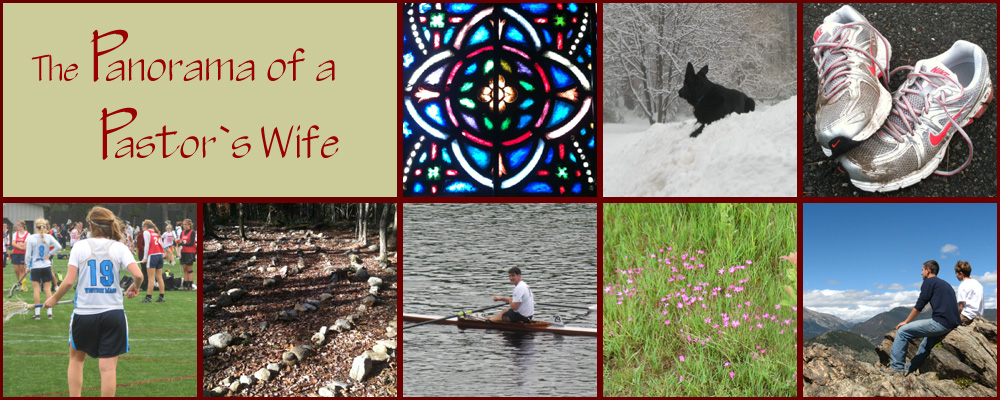Here’s a recently updated essay about Easter that you may find familiar, from a previous appearance in this blog. (A sign that it’s time for me to wind all this business up?) Anyway, yesterday it was published in THE CONCORD MONITOR, with a different picture than the one I include here. If you’d like to see how it looked in the paper, here’s the link:
“Just think of it as one service that spreads out over three days,” my husband said to me some years ago. I was asking him to explain the different events of Holy Week for the umpteenth time. Certain things don’t change: he is always just as amazed by my fogginess about the whole crucial story as I am by his ability to guide people through so much worship year after year. “It’s really Maundy Thursday, Good Friday, and Holy Saturday– a unified whole.” Then I asked, feeling in the know, “What about Easter Sunday? Isn’t that the climax of the whole shebang?” His response, said with a slightly dismissive tone “Easter morning is really just the afterbirth, the placenta.”
Maundy Thursday, Good Friday, and Holy Saturday– a unified whole.” Then I asked, feeling in the know, “What about Easter Sunday? Isn’t that the climax of the whole shebang?” His response, said with a slightly dismissive tone “Easter morning is really just the afterbirth, the placenta.”
Now there was a new way of looking at it.
We have had lots of these kinds of conversations since I came into this marriage with absolutely no religious upbringing. Now, after spending years as a rector of an Episcopal church, my husband has become a bishop. This has brought some subtle and some not so subtle changes. No longer is he scheduled to do every single service on his own; this year, over the Great Three Days, he will participate in worship with other clergy around the state. My own thoughts, meanwhile, drift back to Easters gone by, one in particular.
On this Holy Saturday we experienced a strange mix of faiths. Our son had been invited to a classmate’s Bat Mitzvah that very evening; he went, forsaking the late night vigil for a dance party with his friends. I felt a little envious: I wouldn’t mind dancing once in a while; this activity didn’t tend to be part of the routine. Of course, I also knew that with thirteen year olds, there would be plenty of self-consciousness on the floor. For some, moving to the music or even being the center of attention would come easily; others no doubt would feel awkward. How well most of us can remember that time, when fitting in, acting just the right way, was everything. After dropping him off at the synagogue, I hoped just that my son would emerge still comfortable in his own skin.
My thoughts returned to the teenagers on the following Easter morning. (Somehow I think “placenta” will never be the term of choice.) The church was, as usual, packed; the pews dotted with yellow hats and filled to overflowing. Once again, the regular crowd happily made room for all the “C and E” –Christmas and Easter– people. Rob preached about gaining the freedom to be who we really are. How did he know that this exact topic was already on my mind? One of the morning’s texts was the scene between Jesus and Mary Magdalene in the garden. He is not wearing his “grave clothes” and she recognizes him only when he speaks her name. Because of this recognition, Mary can emerge from a spiritual cave of her own and begin a whole new life, a resurrected life, without the clothes of grief or self-consciousness. Maybe the birth imagery is not so far off, after all.
With this text, Rob was able to savor his favorite message: God gives us back our truest selves. If I have learned anything about him during these twenty-three years of marriage, it’s that this idea is absolutely central to his faith. He draws life from it constantly, as if it were a kind of well that he keeps returning to for sustenance. And, in the case of our unusual union, individual freedom comes with an accompanying belief that one partner’s immersion in religion doesn’t negate the other one being mostly outside it, and vice versa.
According to an old Methodist hymn, my husband reminds me, God’s love is that wide.
I thought of all of this – the teenagers at the party and Rob and me in our marriage – during the sermon. Then I wondered whether I myself might be wearing any grave clothes that needed shedding. The image is compelling: often we are not even aware when we’re taking the side of death over life, or the side of doing something to please others instead of being more true to our essential natures.
Easter comes late this year, as if it’s been waiting for a spring ambling at its own sweet pace. Surely something really good must be in store for us this time around.

Margaret Bullitt-Jonas
Another great essay, Polly, full of intelligence, humility, humor, and insight. A pleasure to read! I am so glad that it was published in the newspaper! (Thanks, I guess, for the educational photo, too.)